- News
-
-
-
-
-
Latest News Articles
- 2024 TWS Elections: Southwest Representative April 25, 2024
- Can these butterflies fill the gap left by their extinct relative? April 25, 2024
- Q&A: TEK and the wildlife profession April 24, 2024
-
-
-
- Wildlife Professional Resources
-
- Our Network
-
- PUBLICATIONS
-
-
Recent Posts
-
 The Wildlife Professional November/December Issue
November 1, 2023
The Wildlife Professional November/December Issue
November 1, 2023
-
-
-
-
-
-
- Wildlife Events
-
-
-
Upcoming Webinars
- No Events
-
-
-
- Who We Are
-
Month: July 2019

July 3, 2019
TWS launches new Fundraising Rewards Program
The Wildlife Society is launching a new program that makes it easy for members to support the Society and a favorite organization unit. TWS is establishing a new TWS Fundraising...
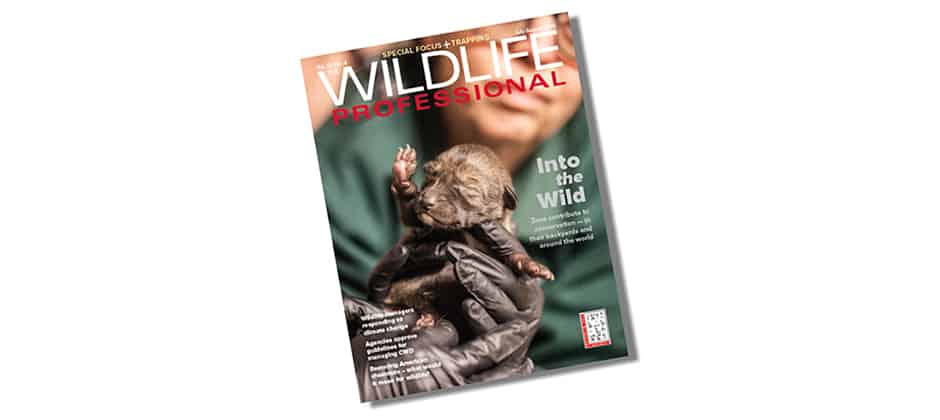
July 2, 2019
The July/August Issue of The Wildlife Professional
The Wildlife Professional is an exclusive benefit of membership in The Wildlife Society. Published six times annually, the magazine presents timely research news and analysis of trends in the wildlife profession....
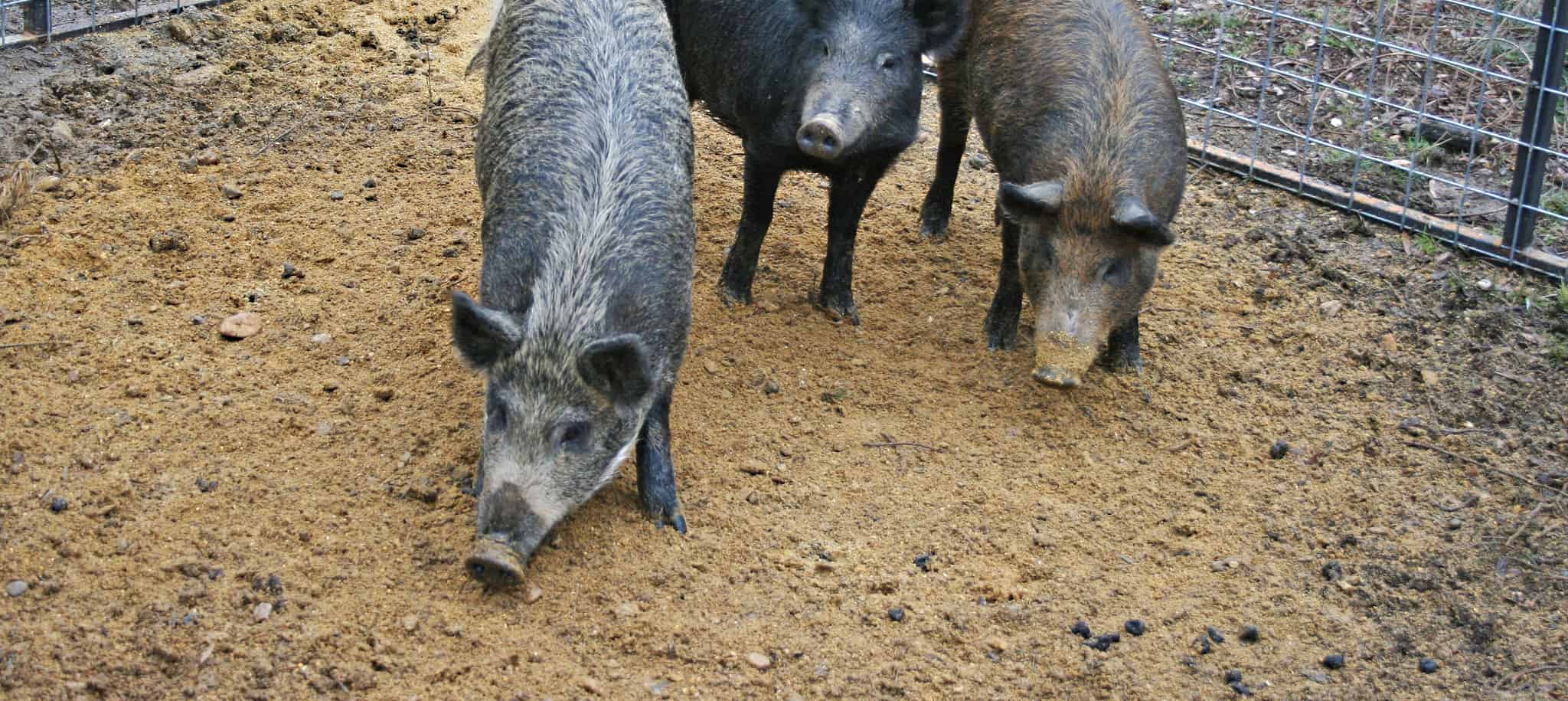
July 2, 2019
USDA announces grants for feral swine control
In an effort to address feral swine (Sus scrofa) control and eradication, the Agriculture Department’s Natural Resources Conservation Service and Animal and Plant Health Inspection Service are partnering on a...
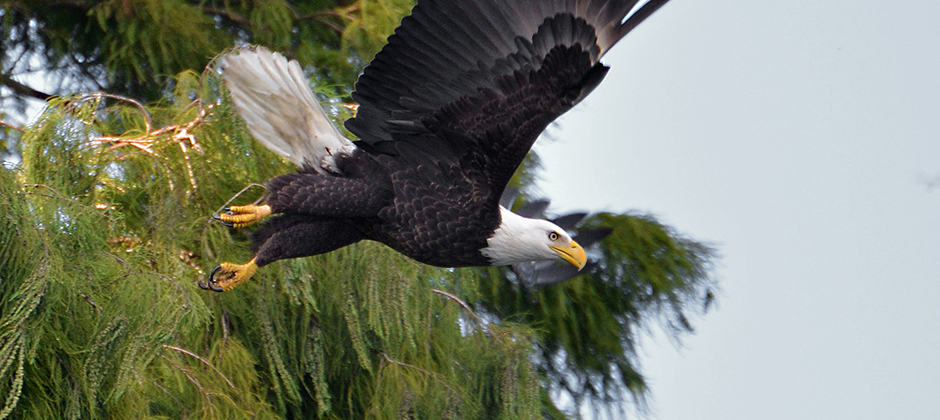
July 2, 2019
Bald eagle recovery hinders osprey, heron populations
Fast-tracked bald eagle recovery may have taken a bite out of osprey and heron populations in Voyageurs National Park. Populations of fish-eating birds like ospreys (Pandion haliaetus), bald eagles (Haliaeetus...

July 2, 2019
Piping plovers benefited from Hurricane Sandy
The damage wrought by Hurricane Sandy to human communities has been well documented. But for piping plovers, the powerful storm in October 2012 was a boon. Researchers found that on...
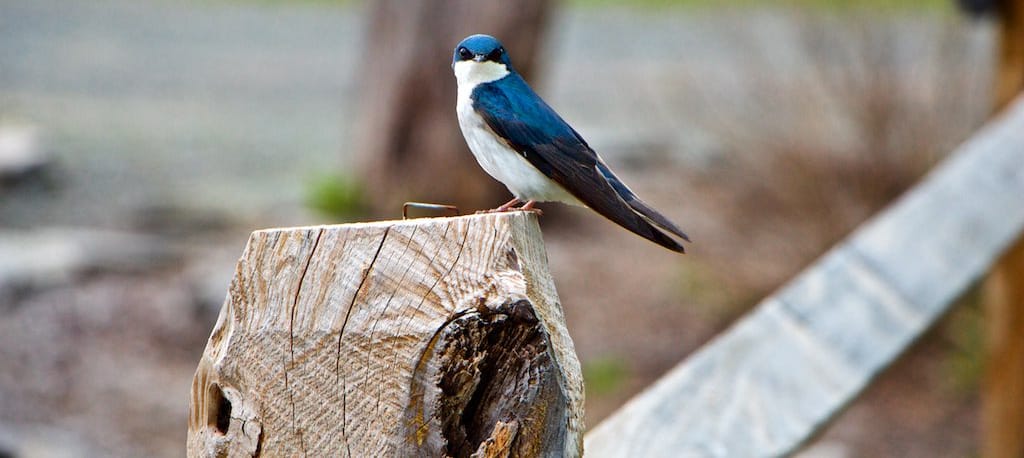
July 1, 2019
Remote-controlled device helps trap box-nesting birds
Wildlife managers can now capture birds by trapping them inside their nests using a remote-controlled device similar to a garage door opener. Dave Shutler, TWS member and a biology professor...
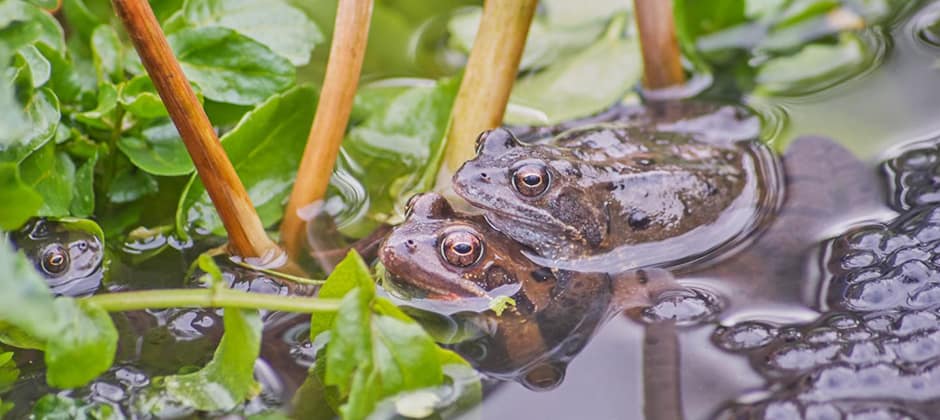
July 1, 2019
Frog skin bacteria can help determine virus susceptibility
Scientists who want to find out which frog populations are more likely to contract the deadly ranavirus, which affects amphibians and reptiles globally, recently turned to frogs’ skin. Studying European...

July 1, 2019
Watching Hawaii’s last snails disappear
Snails once abounded in Hawaii. Some 750 species inhabited the islands. But these species have been disappearing in recent decades as predators cause their populations to go extinct. Rats, chameleons...

